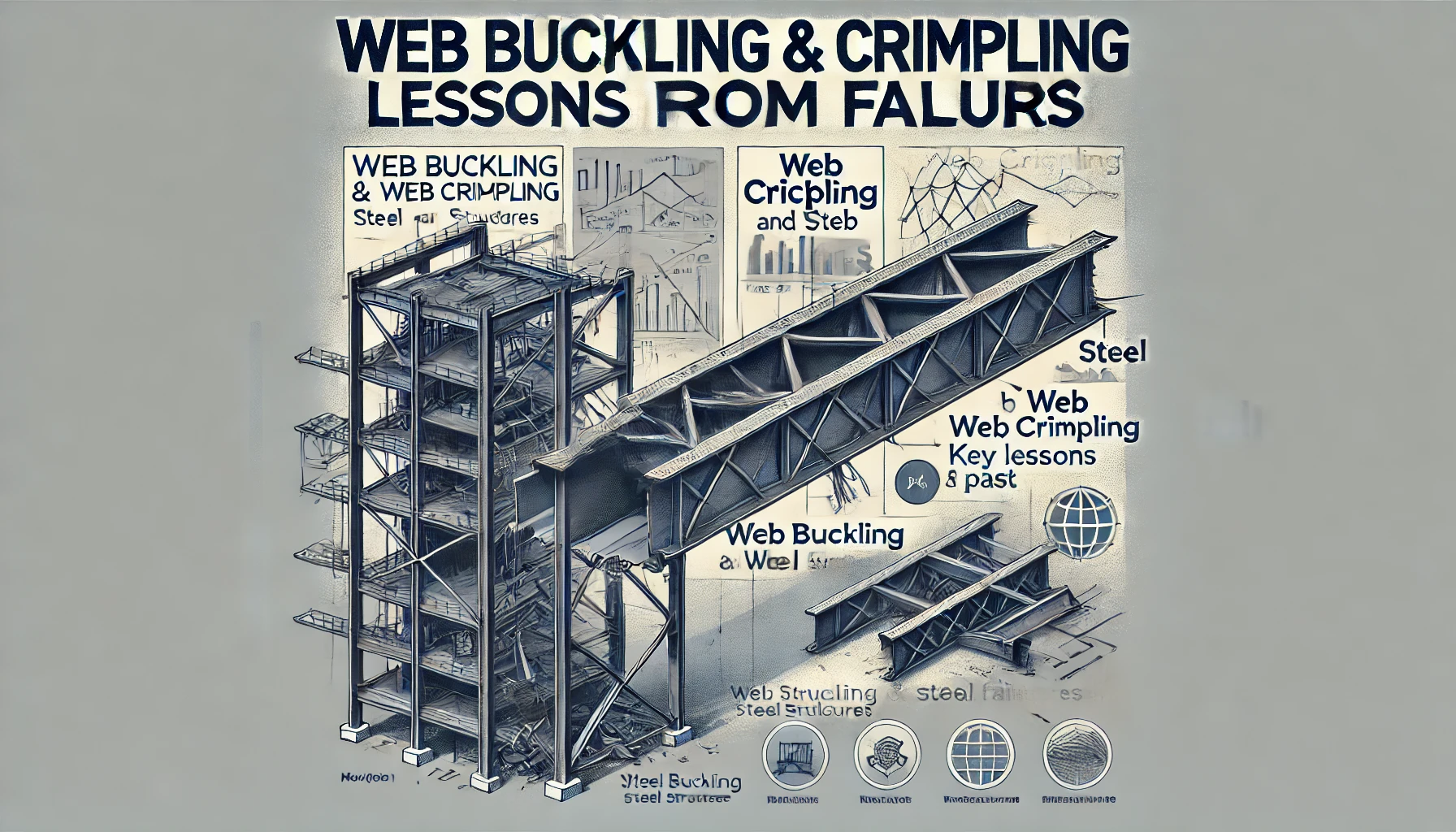In structural engineering, both anchorage bond and flexural bond relate to the interaction between reinforcing bars (rebars) and the concrete in which they are embedded. These bonds are critical in ensuring that the rebar effectively transfers stresses within the concrete structure.
1. Anchorage Bond:
The anchorage bond refers to the bond between the concrete and the rebar over the length of the rebar that is anchored or embedded in the concrete. This bond is essential to ensure that the rebar can effectively transfer its tensile forces to the surrounding concrete.
- Purpose: The anchorage bond helps in resisting the forces that tend to pull the rebar out of the concrete. Proper anchorage is critical to prevent slippage of the rebar, which can lead to structural failure.
- Mechanism: The anchorage bond relies on the adhesion between the concrete and the surface of the rebar, friction due to the pressure exerted by the concrete as it shrinks around the rebar, and mechanical interlock (especially with deformed bars).
2. Flexural Bond:
The flexural bond, also known as a flexural bond stress, refers to the bond stress developed between the rebar and the concrete due to bending or flexural action in a structural element like a beam.
- Purpose: The flexural bond ensures that the rebar and concrete act together as a composite material under flexural loads. This bond is essential for transferring tensile stresses from the concrete (which is weak in tension) to the rebar (which is strong in tension).
- Mechanism: When a beam bends, the concrete in the tension zone cracks, and the tensile forces are transferred to the rebar through the bond. The bond strength at these points is what constitutes the flexural bond.
Both of these bonds are vital for the structural integrity of reinforced concrete elements, and their adequacy is often checked during the design process to ensure the safety and performance of the structure.
Curtailment in structural engineering refers to the practice of stopping or cutting off reinforcing bars in a concrete member, such as a beam or a slab, where they are no longer needed to resist tensile forces.
1. Theoretical Point of Curtailment:
The theoretical point of curtailment is the location along a reinforced concrete member where the bending moment (and thus the tensile force in the rebar) has reduced to such an extent that a certain length of rebar is no longer required for structural integrity.
- Determination: This point is calculated based on the moment distribution along the member, considering the design bending moment envelope. At this point, the tensile force in the concrete member is low enough that fewer or shorter bars can carry the remaining tensile stress.
- Importance: Theoretical curtailment is determined during the design phase to optimize material usage. However, simply curtailing the bars at the theoretical point is not always advisable due to safety factors.
2. Actual Point of Curtailment:
The actual point of curtailment is the practical location along the member where the reinforcing bars are physically cut or terminated. This point often differs from the theoretical point due to considerations such as safety, code requirements, and the need to ensure adequate development length and anchorage.
- Code Compliance: Building codes often require bars to extend beyond the theoretical curtailment point by a certain distance, usually equal to a multiple of the bar diameter or a specified minimum distance, to ensure adequate bond strength and to prevent issues like cracking or sudden failure.
- Safety Considerations: The actual point of curtailment typically provides an additional margin of safety to account for uncertainties in loading conditions, variations in material properties, and construction tolerances.
In practice, the actual point of curtailment is usually more conservative than the theoretical point to ensure the structural element can safely carry loads throughout its service life.
Dowel action refers to the capacity of reinforcing bars (rebars) in concrete to resist shear forces through their behavior as dowels. This concept is particularly relevant in the context of cracked concrete or at joints between different concrete elements.
Dowel Action of Bars:
- Mechanism: When concrete cracks, the reinforcing bars crossing the crack can act like dowels, resisting relative displacement between the two sides of the crack. This resistance is due to the shear strength of the rebar itself, combined with the bond between the rebar and the concrete.
- Function: Dowel action provides additional shear resistance, particularly in regions where concrete has cracked, or at construction joints, where continuity between different concrete pours is critical.
- Contribution to Shear Strength: In a reinforced concrete beam, the total shear resistance comes from several components: the concrete’s shear strength, the shear reinforcement (stirrups), and the dowel action of the longitudinal bars. Dowel action is especially important when the shear reinforcement is not sufficient on its own or in members like slabs, where shear reinforcement may be minimal or absent.
- Design Considerations: Engineers must consider dowel action when designing and detailing reinforcement, especially in situations where cracking is anticipated, such as in seismic regions, or where high shear forces are expected. The dowel action is also considered in the design of construction joints and expansion joints in concrete structures.
In summary, dowel action helps maintain the integrity of concrete structures by allowing reinforcing bars to transfer shear forces across cracks or joints, enhancing the overall performance and durability of the structure.


